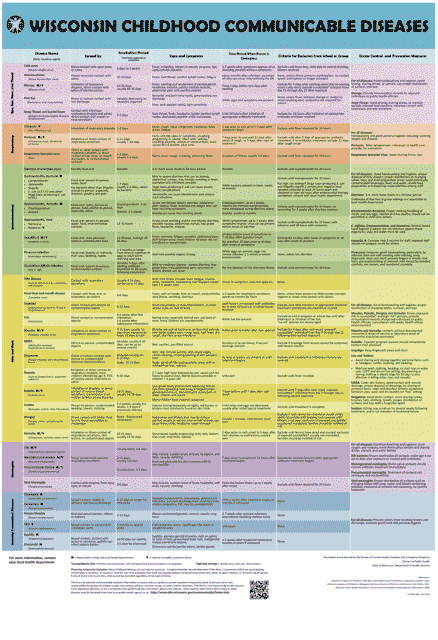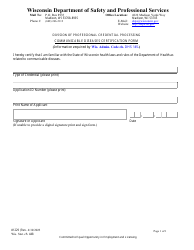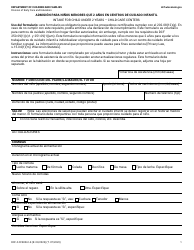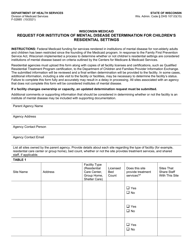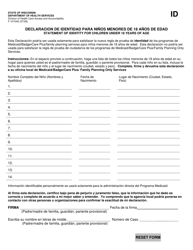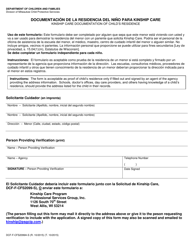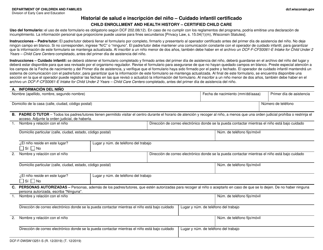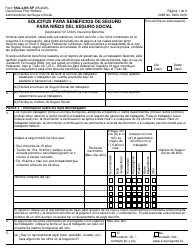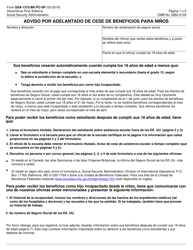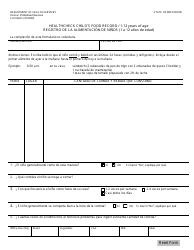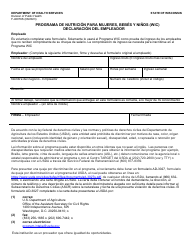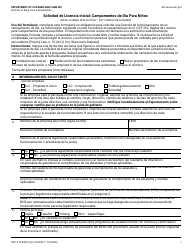Childhood Communicable Diseases Chart - Wisconsin
Childhood Communicable Diseases Chart is a legal document that was released by the Wisconsin Department of Health Services - a government authority operating within Wisconsin.
FAQ
Q: What are childhood communicable diseases?
A: Childhood communicable diseases are illnesses that can spread from one person to another, particularly among children.
Q: What are some examples of childhood communicable diseases?
A: Examples of childhood communicable diseases include chickenpox, measles, mumps, pertussis (whooping cough), and strep throat.
Q: How are childhood communicable diseases spread?
A: Childhood communicable diseases can be spread through close contact with an infected person, airborne droplets, contaminated surfaces, or sharing personal items.
Q: What are the symptoms of childhood communicable diseases?
A: Symptoms of childhood communicable diseases can vary, but common signs include fever, rash, cough, sore throat, and body aches.
Q: How can childhood communicable diseases be prevented?
A: Childhood communicable diseases can be prevented through vaccination, practicing good hygiene (such as handwashing), and avoiding close contact with infected individuals.
Q: What should I do if my child contracts a childhood communicable disease?
A: If your child contracts a childhood communicable disease, it is important to follow the recommended treatment provided by a healthcare professional and to keep your child isolated to prevent further spread of the disease.
Form Details:
- The latest edition currently provided by the Wisconsin Department of Health Services;
- Ready to use and print;
- Easy to customize;
- Compatible with most PDF-viewing applications;
- Fill out the form in our online filing application.
Download a printable version of the form by clicking the link below or browse more documents and templates provided by the Wisconsin Department of Health Services.
